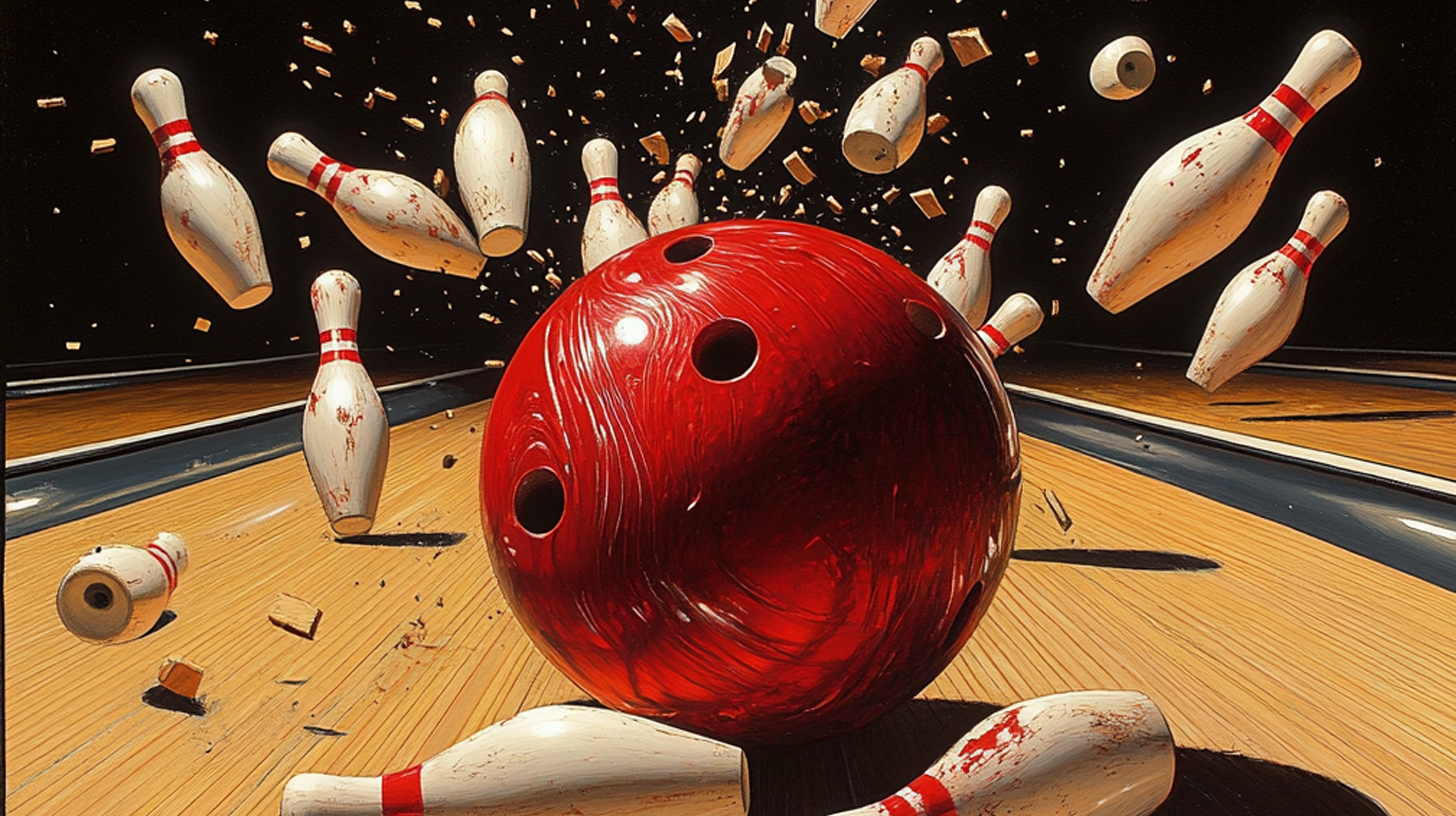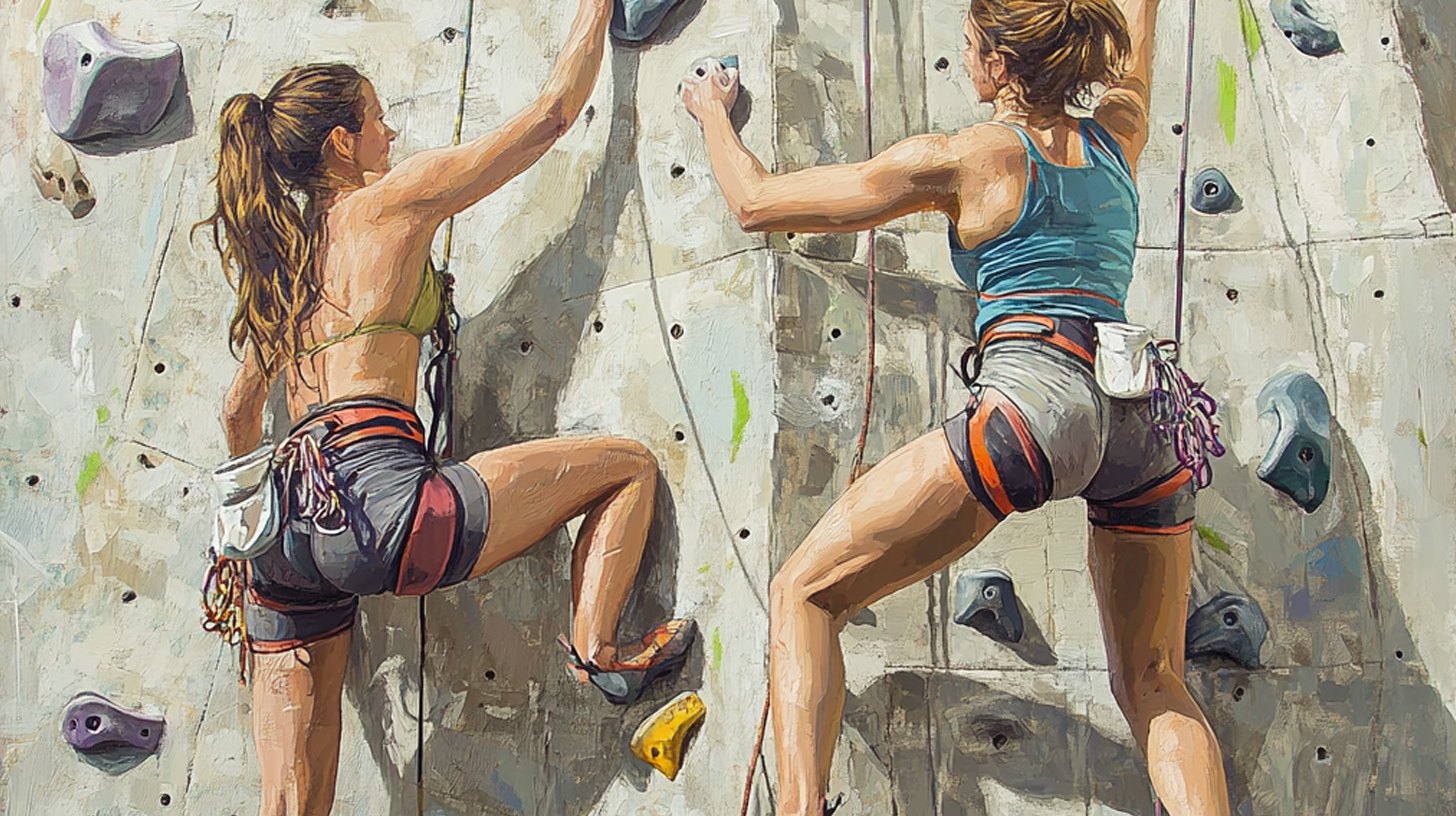Understanding the Benefits of Indoor Obstacle Courses
Indoor obstacle courses offer a multitude of benefits for individuals of all ages. One of the primary advantages is the promotion of physical activity, which is crucial for maintaining overall health and fitness. These courses challenge participants to engage in various movements, including climbing, crawling, jumping, and balancing, thereby improving strength, flexibility, and coordination.
Beyond the physical benefits, indoor obstacle courses also contribute significantly to cognitive development. Navigating through different obstacles requires problem-solving skills, spatial awareness, and quick decision-making. This mental stimulation can enhance memory, focus, and strategic thinking, particularly in children and young adults.
These courses also provide an excellent opportunity for family bonding. Tackling obstacles together can foster teamwork, communication, and mutual support among family members. It’s a fun way to spend quality time while staying active and engaged.
Moreover, indoor obstacle courses serve as an effective stress relief tool. The physical exertion and focus required can help participants temporarily forget about daily worries, releasing endorphins and promoting a sense of accomplishment upon completion.
Lastly, indoor obstacle courses offer a convenient solution for exercise, especially during inclement weather or in areas with limited outdoor space. They provide a controlled environment where individuals can engage in vigorous physical activity regardless of external conditions, ensuring consistent access to exercise opportunities year-round.
Essential Elements for a Fun Indoor Obstacle Course
Creating an engaging indoor obstacle course requires careful planning and consideration of various elements to ensure both fun and safety. Balance challenges are a crucial component, offering participants the opportunity to test their equilibrium on beams, wobble boards, or even a makeshift tightrope. Incorporating crawling spaces adds diversity to the course, encouraging participants to navigate through tunnels or under tables, enhancing their agility and spatial awareness.
Jumping stations provide an excellent way to boost energy levels and improve coordination. These can include hopscotch patterns, small trampolines, or designated areas for long jumps. To add an extra layer of excitement, consider implementing timing elements such as stopwatches or countdown clocks, encouraging participants to complete the course as quickly as possible.
Safety should always be a top priority, so it’s essential to include safe landing areas throughout the course. Use soft mats, pillows, or foam pads to cushion falls and prevent injuries. By combining these elements thoughtfully, you can create an indoor obstacle course that is not only entertaining but also promotes physical activity and skill development.
DIY Obstacle Course Ideas Using Household Items
Transform your living space into an exciting adventure zone with these DIY obstacle course ideas using everyday household items. Start by creating furniture obstacles, such as weaving between chair legs or crawling under tables. Set up pillow hurdles at varying heights for jumping practice, or use them as stepping stones across an imaginary lava floor. Construct cardboard tunnels from empty boxes, encouraging crawling and spatial awareness. Incorporate rope challenges by tying string between furniture pieces to create a web-like structure for careful maneuvering. For a fun twist, set up a balloon slalom course, where participants must navigate around balloons without touching them. These simple yet engaging obstacles not only provide entertainment but also promote physical activity and problem-solving skills. Remember to ensure safety by securing loose items and supervising young children during play.
Safety Considerations When Creating Indoor Obstacle Courses
When designing indoor obstacle courses, safety should be the top priority. Start by ensuring all surfaces are non-slip to prevent accidents during active play. This can be achieved by using rubber mats or textured flooring materials. Next, pay close attention to any sharp corners or edges in the course, padding them adequately to minimize the risk of injury.
Implement height restrictions for certain elements of the course, particularly for activities that involve climbing or elevated platforms. This helps ensure that participants are physically capable of safely navigating these challenges. Clear pathways are essential for smooth traffic flow and to reduce the likelihood of collisions between participants. Make sure there’s enough space between obstacles and that routes are well-defined.
Supervision requirements should be clearly established and communicated. Depending on the complexity of the course and the age of participants, you may need trained staff or volunteers to monitor different sections. By adhering to these safety considerations, you can create an exciting and challenging indoor obstacle course while minimizing potential risks.
Tailoring Obstacle Courses for Different Age Groups
Tailoring obstacle courses to different age groups is essential for ensuring safety, engagement, and appropriate levels of challenge. Toddler-friendly courses typically feature low-height structures, soft surfaces, and simple obstacles that encourage basic motor skills development. These may include crawl-through tunnels, gentle inclines, and colorful, padded elements.
For older children and teens, more challenging teen obstacles can be incorporated. These might include rope swings, climbing walls, and balance beams that test strength, agility, and problem-solving skills. Safety measures should still be paramount, with proper padding and fall protection in place.
Adult fitness courses often focus on functional movements and cardiovascular endurance. These courses may feature more intense obstacles like monkey bars, tire flips, and sprint sections. The emphasis is on providing a full-body workout that mimics real-world movements.
Multi-generational designs are becoming increasingly popular, offering various difficulty levels within the same course. These designs allow families to participate together, with each member choosing obstacles suited to their abilities. Such courses often include bypass options for more challenging elements, ensuring inclusivity for all participants.
By tailoring obstacle courses to different age groups, designers can create engaging, safe, and effective experiences that cater to a wide range of physical abilities and fitness goals.
Incorporating Learning Elements into Your Obstacle Course
Incorporating learning elements into your obstacle course can transform it from a purely physical challenge into an engaging educational experience. By strategically placing math challenges throughout the course, participants can exercise both their bodies and minds simultaneously. For example, you could include a station where players must solve a simple equation to proceed to the next obstacle.
Spelling stations offer another opportunity to blend physical activity with cognitive skills. Consider hanging letter cards along a climbing wall, requiring participants to spell out words as they ascend. This not only tests their vocabulary but also enhances their coordination and problem-solving abilities.
Integrating problem-solving tasks into your obstacle course can foster critical thinking skills. Create scenarios where participants must figure out the best route or method to overcome an obstacle, encouraging them to think creatively and adapt to challenges.
Memory games can add an extra layer of complexity to your course. Set up a section where participants must remember a sequence of colors, shapes, or numbers and then recreate it at a later stage to progress.
Finally, incorporating sensory experiences can make your obstacle course more inclusive and stimulating. Include textures to touch, sounds to identify, or even scents to recognize. These elements not only engage multiple senses but also help develop sensory processing skills.
By thoughtfully integrating these learning elements, your obstacle course becomes a comprehensive tool for physical and cognitive development, offering a unique and enriching experience for all participants.
Themed Obstacle Courses for Added Excitement
Themed obstacle courses offer an exciting twist to traditional fitness challenges, immersing participants in imaginative worlds while testing their physical abilities. A jungle adventure course might feature rope swings, cargo nets, and simulated quicksand pits, allowing participants to channel their inner explorer. For space enthusiasts, an outer space exploration course could incorporate low-gravity simulations, asteroid climbing walls, and alien-dodging mazes.
Pirate treasure hunt courses bring swashbuckling fun with plank-walking challenges, ship-rigging climbs, and cannon-ball dodging obstacles. Superhero training courses can include wall-scaling, “flying” zip lines, and strength-testing stations to unleash participants’ inner heroes. For those seeking ultimate agility, a ninja warrior course offers balance beams, hanging obstacles, and precision jumping challenges.
These themed courses not only provide a full-body workout but also engage participants’ imaginations, making fitness more enjoyable and memorable. By combining physical challenges with immersive storytelling, themed obstacle courses appeal to a wide range of ages and fitness levels, encouraging teamwork and fostering a sense of adventure.
Maintaining Interest: Rotating and Evolving Your Indoor Course
Keeping your indoor course fresh and engaging is crucial for maintaining long-term interest. One effective strategy is to implement weekly challenges that introduce new elements or objectives, encouraging family members to approach the course with renewed enthusiasm. Incorporating seasonal themes can also breathe new life into your setup, aligning obstacles and decorations with holidays or the time of year.
Gradually increasing the difficulty of your course is another way to sustain interest. As family members become more adept at navigating obstacles, introduce more complex elements or adjust existing ones to provide a greater challenge. This progression helps to prevent boredom and promotes continuous skill development.
Involving the whole family in the design process can lead to exciting innovations. Regular brainstorming sessions allow everyone to contribute ideas, fostering a sense of ownership and excitement about the course’s evolution. This collaborative approach ensures that the course remains relevant and enjoyable for all participants.
Lastly, periodically introducing new obstacles or equipment can revitalize the entire experience. Whether it’s incorporating balance beams, hanging elements, or crawl-through tunnels, these additions can dramatically change the dynamics of your indoor course, providing fresh challenges and opportunities for creative play.





